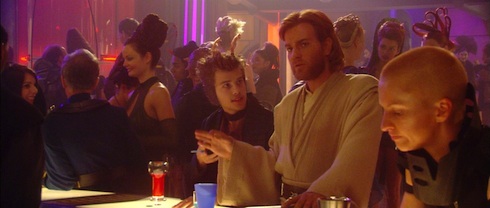The allure of and tragedy of hard drugs frequently makes for fascinating subject matters in popular fiction. From Irvin Welsh’s Trainspotting, to the retroactively fictional James Frey book, A Million Little Pieces, drugs can be almost as important to the narrative as the characters who take them. Science fiction and fantasy often speculates on what kinds of narcotics exist in the future or in alternate dimensions. Here are some of the most famous.
The Spice Melange (Dune)
Talk about institutionalized drugs. This narcotic permeates almost every aspect of the Fremen culture insofar as that it is primarily responsible for intergalactic commerce. The Spice is not only multi-flavored with a variety of uses, it also serves different functions in the narrative itself. Like all good fictional macguffins, the Spice is both the focus of much of the story, but also imbedded in the fabric of the story itself. The Spice must flow, not only throughout the galaxy, but also throughout the pages of the book itself, to keep the reader hooked.
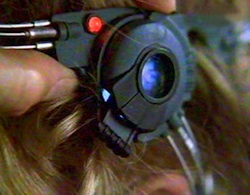 Tek (TekWar)
Tek (TekWar)
Did Williams Shatner predict Twitter and Facebook addiction with the fictional cyberpunk drug known as “Tek?” Maybe. In both the Tek books and television show, this drug took the form of a virtual reality “hit” which seemed to render users completely useless afterwards. The actual manifestation of Tek in the minds of its users seems to usually be generic sexual fantasies. Did anyone ever use Tek just to fantasize about getting a really great job? Or adopting a puppy? Maybe if they did it would have never been made illegal.
Dust (Babylon 5)
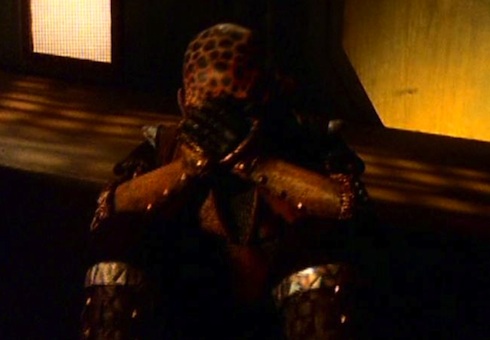
The most we learn about Dust on Babylon 5 other than it being illegal; is that it for some reason turns Narns into telepaths, albeit for a short time. Often, science fiction seems to like to play with the notion that certain addictive substances can also bring about supernatural abilities. In the B5 universe, Narns are the only species that doesn’t have natural telepaths and Dust is the only way for them to access this ability. If telepathy is like the sixth sense of the future, this would be like doing a line of coke in order to be able to occasionally see in color. Heavy stuff.
Substance D (A Scanner Darkly)
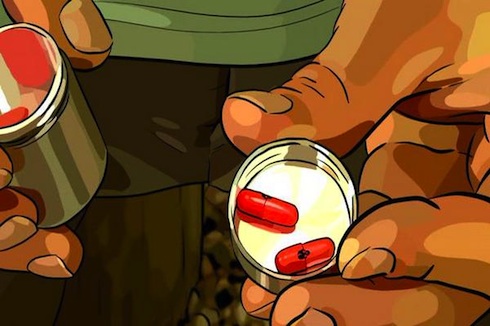
Like many of Philip K. Dick’s fictional drugs, Substance D both darkens and heightens the perceptions its users have the world. In A Scanner Darkly, the distribution of Substance D is so underground that the police have to go super deep undercover in order to find out who is supplying everyone with Substance D. At this point, every single character seems like they are addicted to the drug, making everyone an unreliable narrator. It begs the question of what’s worse here: getting caught with Substance D or being hooked on it forever?
Glitterstim (Spice) (Star Wars Books)
Ever wondered what Han Solo was smuggling when he dumped his whole shipment at the first sign of an Imperial Cruiser? It was this stuff. Like Dust on Babylon 5, Gliterstime Spice also enables users to read people’s minds. It’s also created by creepy creatures called Energy Spiders. Mining the substance is doubly complicated because of its sensitivity to light. Total darkness is required to harvest it! So when C-3PO bemoaned the notion of being sent to the Spice mines of Kessel, he was really complaining about being in the dark all the time with spiders.
Ketracel-White (Star Trek: Deep Space Nine)
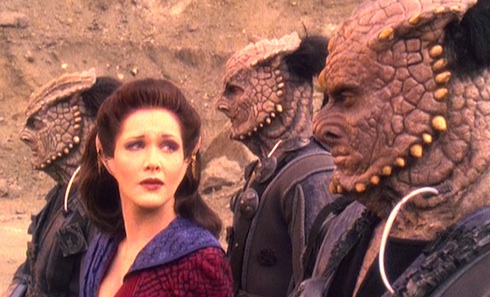
Ketracel-White is a unique drug in the pantheon of science fiction because its primary users are genetically bred to be addicted to it. In order for the Dominion to live up to its scary domineering name, they need an army. The reptilian Jem’Hadar provide this muscle but are kept in line by constantly being given their fix by their superiors. Institutionalized drug addiction is a scary notion, also explored by Jonathan Lethem and Philip K. Dick. But when applied to a military complex, it’s made all the more horrifying.
Pan-Galactic Gargle Blaster (The Hitchhiker’s Guide to the Galaxy)
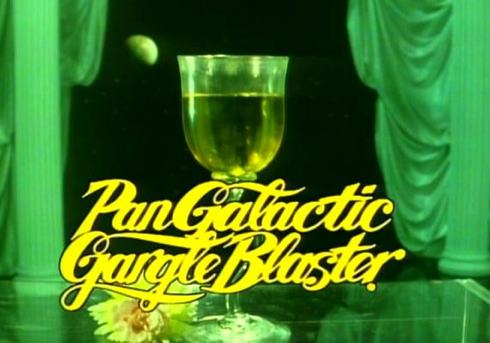
Although popular parlance omits alcoholic beverages from lists of hard drugs, we’re giving a special mention to the Pan-Galactic Gargle Blaster on account of it being perhaps the strongest drink in the universe. Author and creator Douglas Adams likens it to “having your brains smashed out by a slice of lemon wrapped around a large gold brick.” If you survived it, it was probably addictive. You can make it at home and see for yourself.
Retcon (Torchwood)
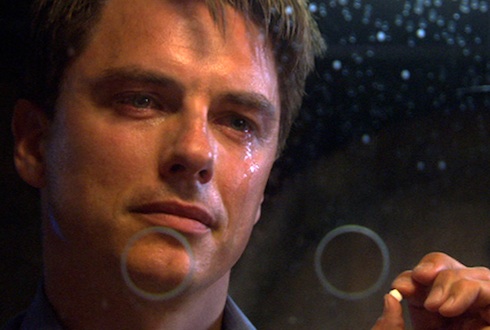
Being a clandestine organization, the Torchwood team frequently needs to make people forget everything they’ve seen or experienced. Enter B67, known more commonly as Retcon. Everyone on Torchwood uses Retcon at some point or another and the potential for abuse is rampant. The drug is also unique in that it’s something you administer to someone else, and that it’s results are the addictive aspect of it, rather than the drug itself. (Although in “They Keep Killing Suzie” we learn that Retcon even has murderous side effects.)
Make (Gun With Occasional Music)
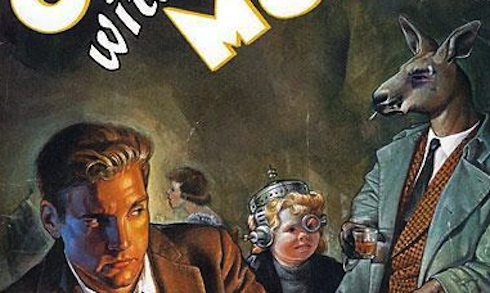
An office discussion favorite, like Retcon, Make also can cause people to lose memories. But Make is so much more than that. A blend of various types of other future narcotics such as forgettol and addictol, Make is the ultimate designer drug insofar as the user dictates what goes in their own blend. Further, Make is also an institutionalized fully legal drug and users obtain their specific blends at “makeries.” At the end of the novel however, the option of creating your own blend is revoked by the government, rendering this “opium for the masses” a bone-a-fide form of societal control.
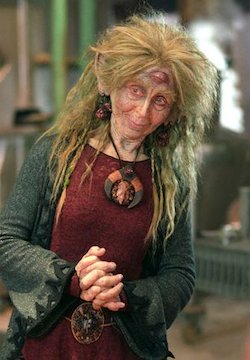 Various Hippie Drugs (Farscape)
Various Hippie Drugs (Farscape)
Farscape’s resident medicine woman, Utu-Noranti Pralatong, was always sticking things up people’s noses and blowing powders in face of unsuspecting villains. This was probably just as well, since Moya’s crew got themselves into trouble every week and then some, and trippy deception could only help them out. On the other hand, her encouragement of habitual drug use led the show’s main character to regularly partake in her wares so he could avoid memories of his derailed romance. Yet again, the drug that gets the primary focus in this show is one associated with forgetting, although this is an intentional fix to forget pain.
Any SFF narcotics we missed? Ones that make a particularly interesting social commentary?
Stubby the Rocket is the voice and mascot of Tor.com. Stubby says say no to Space Drugs.










